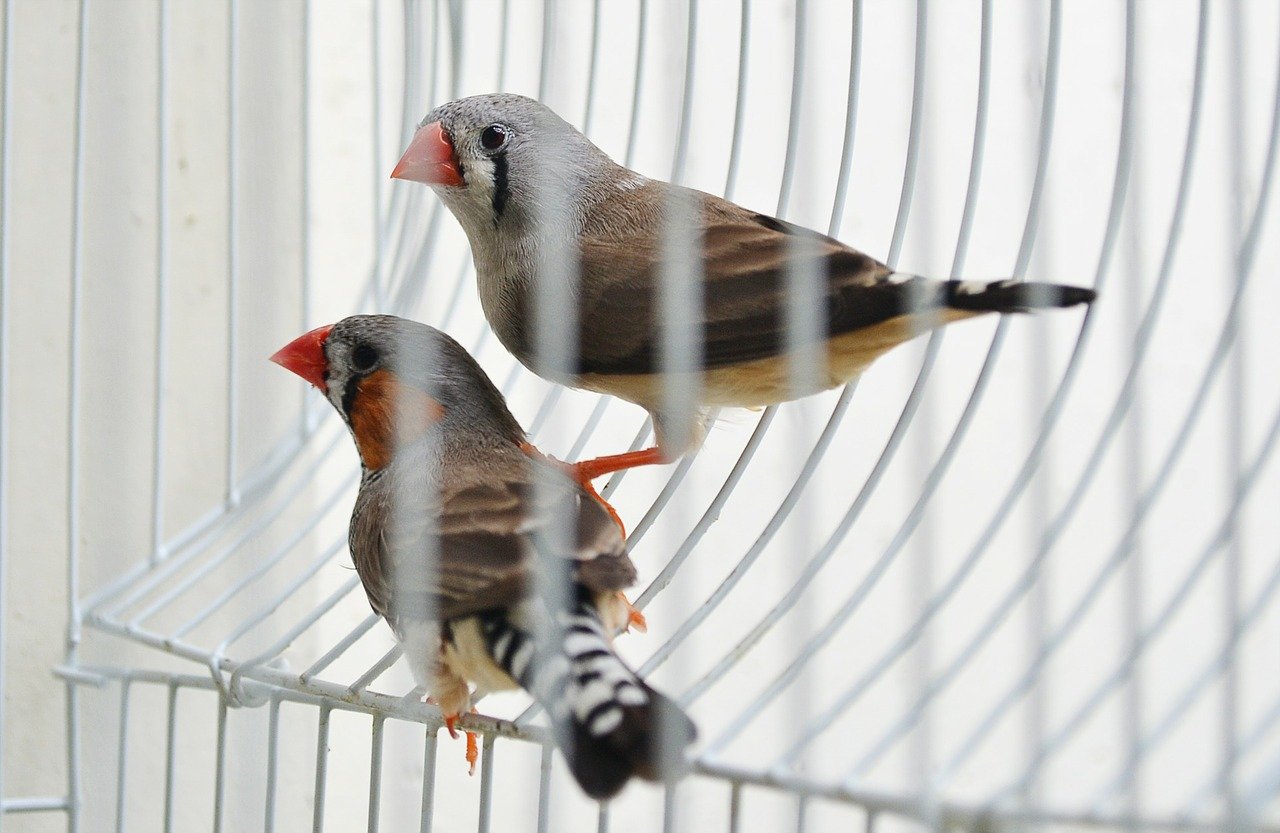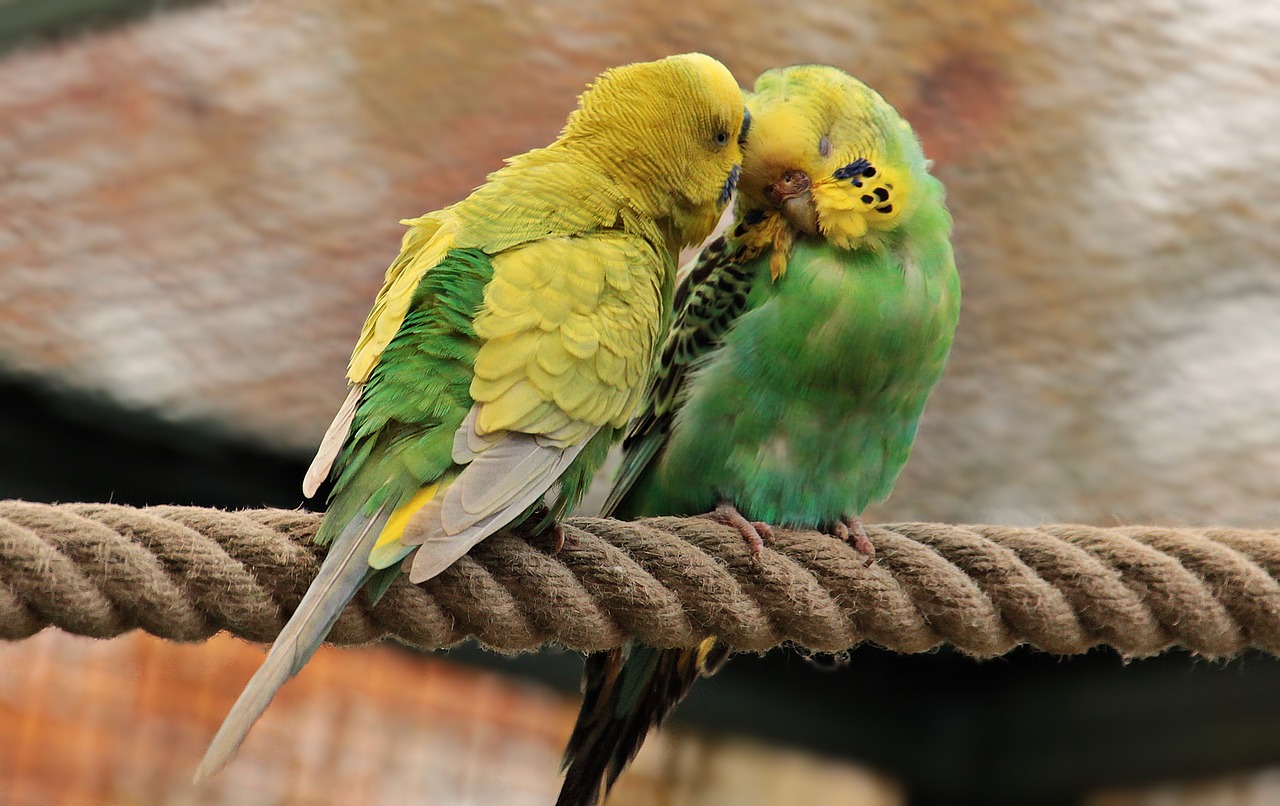Your pet’s bird cage is his home so you want to make sure you get a cage that suits the needs of your bird and is safe.
Bird cages come in many sizes, shapes and prices and you can spend anywhere from $35 to $3000! In order to keep your bird happy and healthy, cage construction, placement, and size should take priority over price when selecting a bird cage. Here’s some tips on what to look for:
You should select a bird cage that allows your bird to stretch out. In fact, you should aim for a cage that is 3 times the wingspan and 3 times the length of the bird. Obviously, larger birds and birds with long tails will need larger bird cages. Buy the largest cage that fits your budget and the location you have selected for your bird.
Construction
Safety comes first when selecting a bird cage. Make sure there are no sharp edges, the doors close securely so tweety cannot escape, bars are parallel and that the cage is made from powder coat or stainless steel metal. Avoid antique cages as they can be made from materials that are toxic to your bird.
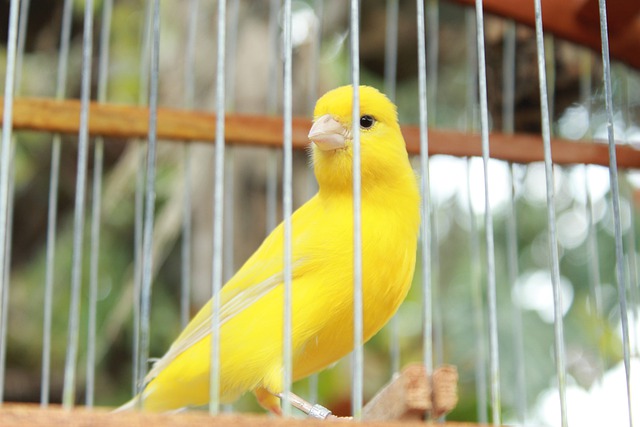
Make sure the bars of your bird cage are strong enough to withstand abuse from your bird – especially if you have a large bird like a Macaw, and that the bird cannot fit his head through the bars and get it stuck. Your bird cage should have a grate on the bottom so that the bird will not walk in his own droppings (if you have a baby bird under 6 months, line the grate with newspaper or remove it since baby birds can get hurt when walking on a grate). Check the cage over well to make sure there are no corners or edges that could catch a leg or where your bird could get stuck. Finally, make sure the cage will be easy to clean – the easiest have a drawer that slides out on the bottom so you can clean up the droppings and spilled food.
Cage Accessories
Your bird cage should have plenty of area to attach toys as birds are very intelligent and will be bored to death if they aren’t challenged. In fact, you should have plenty of toys on hand for your bird and change them out every 2 weeks or so. The cage should have at least 2 perches (don’t use the sandpaper covers it can hurt your birds feet!). Make sure the perches are placed so that he can get at his food and toys. Make sure the cage has stainless steel dishes for food and water (or replace the ones that come with it with stainless). These are easier to clean and will not stain or break like the plastic ones. Make sure the bird cage gives you easy access from the outside to the food and water dishes.
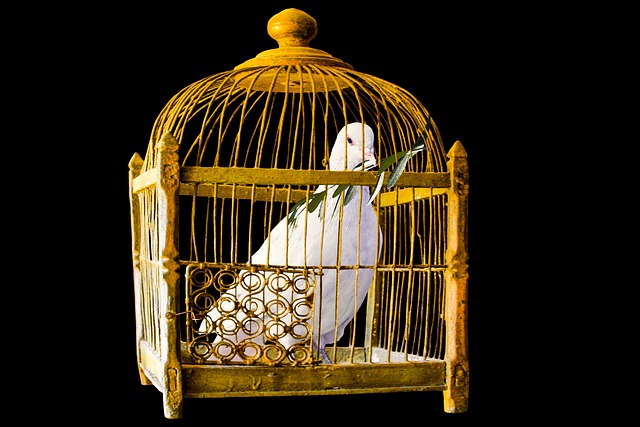
Cage Placement
Before you even start to shop for a bird cage (or even a bird for that matter!), consider where you will be placing his cage. Your bird wants to be an active part of the family so you’ll want to place his cage in a spot where the family gathers to spend a lot of time. Avoid putting the bird cage in the kitchen, however since fumes from non stick pans can be deadly to birds, not to mention the other hazards such as hot surfaces and food that might not agree with him. He’ll enjoy being near a window, but out of the way of drafts and anywhere where there could be sudden changes in temperature like near the air conditioner or heating vent or the door to the outside.. Don’t place the bird cage near the TV or in the path of traffic since birds are startled by loud sounds and sudden movements. Once you have decided where to best place the bird cage, make sure that the area you have picked out is large enough to fit that appropriate size cage for you bird without being bumped into when people walk by.
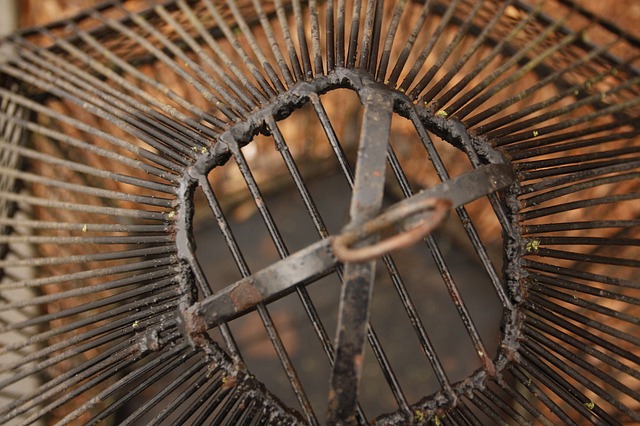
Getting Your Bird Used To His New Cage
If you’ve had the bird already and are just upgrading his bird cage or moving it, simply give him a few days of quite time to get used to the cage before removing him from it. If you are bringing home a new bird, place him immediately in his cage in the spot that you have picked out for the cage to be. Let the bird adjust for a week or so, don’t try to take him out before he is ready. If your bird is noisy in the morning and you want to cover his cage at night – choose a sheer material or leave a small opening so he can get some light in and won’t injure himself in the dark.

